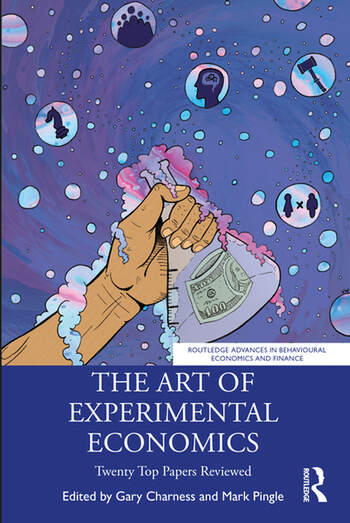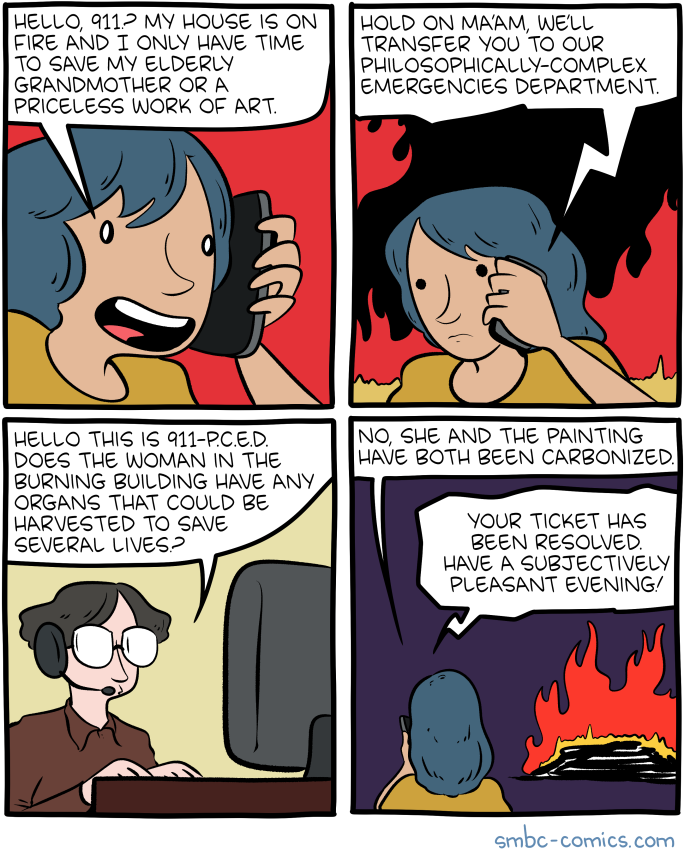There has been some suggestion that dividing the resident match into early and late matches might be a way to address the congestion in applications and interviews that has bedeviled the transition from medical school to residency in recent years. The NRMP now has a statement pointing out that there are serious problems with that idea.
NRMP Position Statement On The Feasibility Of An Early Match
"For the past eighteen months the National Resident Matching Program® (NRMP®) has been working closely with other national medical education organizations to examine the current state of the transition to residency. Conversations have focused on mitigating burdens for both applicants and programs in the selection and recruitment process and addressing uncertainty in the future of the interview cycle.
...
"Among the proposed solutions to current challenges in the transition to residency are calls for an early match. Specifically, NRMP has been asked to implement the Early Result and Acceptance Program (ERAP) pilot program proposed for Obstetrics and Gynecology, created through American Medical Association’s Reimagining Residency Grant, “Transforming the UME to GME Transition: Right Resident, Right Program, Ready Day One”. The stated goals of the ERAP pilot are to allow applicants to engage in strategic decision-making, reduce burden on programs while hypothesizing that the change will result in holistic review, and reduce necessary applications and interviews. ERAP calls for an early match to begin in September 2022 for the 2023 Match cycle. ERAP permits applicants to apply to a maximum of three programs in the early match with programs including up to 50% of their positions if they choose to participate. This statement outlines NRMP’s concerns about the structure of the ERAP pilot program, the lack of evidence supporting the proposed changes to the Match, the implications of an early match for the matching process, and preliminary findings of modeling an early match being conducted by experts in market design and the matching algorithm.
"The NRMP has reviewed the ERAP pilot program with consideration for whether changes to the matching process have the potential to inadvertently disadvantage Match participants. It is through that lens NRMP remains concerned with the following aspects of the ERAP pilot:
"Although voluntary, applicants may feel pressured to participate in an early match where up to half the available positions in a specialty may fill before the Main Residency Match® opens.
"There exists no mechanism for demonstrating how an early match will make visible less competitive applicants and those underrepresented in medicine, which is hypothesized in the project document.
"The proposed limit of three applications per applicant could force applicants to make compromises not present in the Match today. ...While the ERAP investigation team hypothesized that the application limit will increase holistic review by programs, there are no mandates to ensure that programs conduct holistic review nor are there restrictions on the number of applications programs may accept, interviews they may offer, or applicants they may rank. With no objective evidence to support the hypothesis, we cannot conclude that the proposed application limit would increase holistic review of applications.
"There exists no mechanism for safeguarding an applicant’s failure to match in the early match from programs as they enter the Main Residency Match, which could result in the applicant being viewed as less competitive.
"In addition to concerns about disadvantaging applicants, NRMP is mindful of possible behavior changes resulting from changes to the Match process that could affect Match outcomes for all Match participants.
- "The structure of an early match does not allow for mixed-specialty couples ranking or multispecialty individual ranking, which may cause applicants to reconsider their specialty choices, fundamentally changing their career path.
- "Programs may have insufficient information (e.g., clinical evaluations, MSPE, LORs) to evaluate applicants fully and fairly in the early match.
- Programs may see a surge in non-traditional applicants as the early match provides three opportunities to enter training through either the early match, the Main Residency Match, or SOAP®. This may result in an increased number of applications or applicants who may otherwise not select the specialty.
- Not matching in the early match is likely to increase the number of applications per individual in the Main Residency Match, as applicants enter a matching cycle with only half of the positions remaining available. This may increase stress, cost, and could adversely affect the wellness of applicants.
...
"it is important to first outline the core concepts of the match as a stable “market”. The Match was established in 1952, to solve a “congestion” problem in medical residencies involving applications, offers, and acceptances. In a May 2021 pre-submission working paper, Itai Ashlagi, Ph.D. and Alvin Roth, Ph.D. describe the consequences of congestion as “unraveling” where programs initially responded to congestion by making “exploding offers” that prevented applicants from considering many programs because they were pressed to accept an early offer, before knowing whether an offer from a more preferred program might be forthcoming if they waited. The authors note that NRMP’s matching process, in its current form, has four distinct properties that are relevant to managing the problems of congestion and unraveling and maintaining a stable matching market. Specifically, the NRMP matching process
"1. Is Uncongested: participants make all decisions (on Rank Order Lists) in advance, so there is no delay in processing offers, rejections, and acceptances, which is done by the computerized Roth-Peranson algorithm.
"2. Defers acceptances: preferences of applicants and programs are not finalized until all preferences have been considered, thereby producing stable matching: i.e., matching in which there are no “blocking pairs” of applicants and programs not matched to one another but who both would prefer to be.
"3. Promotes true preferences: it is safe for participants to state their true preferences when they submit their Rank Order Lists (ROLs).
"4. Establishes a “thick” market: most residency programs in most specialties participate in the NRMP Match, which also allows for multi-specialty applications and couple matching (including for mixed-specialty couples).
"The authors opine that an early match such as the proposed ERAP pilot followed by the Main Residency Match would not share three of the four important properties of the Match:
"1. An early match would dilute the thick market: not all positions would be available at the same time (and further, it would not allow applicants to express multi-specialty preferences, nor would it accommodate mixed-specialty couples).
"2. early match would introduce complicated strategic decisions into the formulation of ROLs: it would no longer be safe for participants to submit ROLs straightforwardly corresponding to their preferences.
"3. An early match would not produce a stable matching: there would be mutually disappointed blocking pairs of mismatched applicants and programs. This would also make it less safe to report ROLs that straightforwardly corresponded to preferences."











